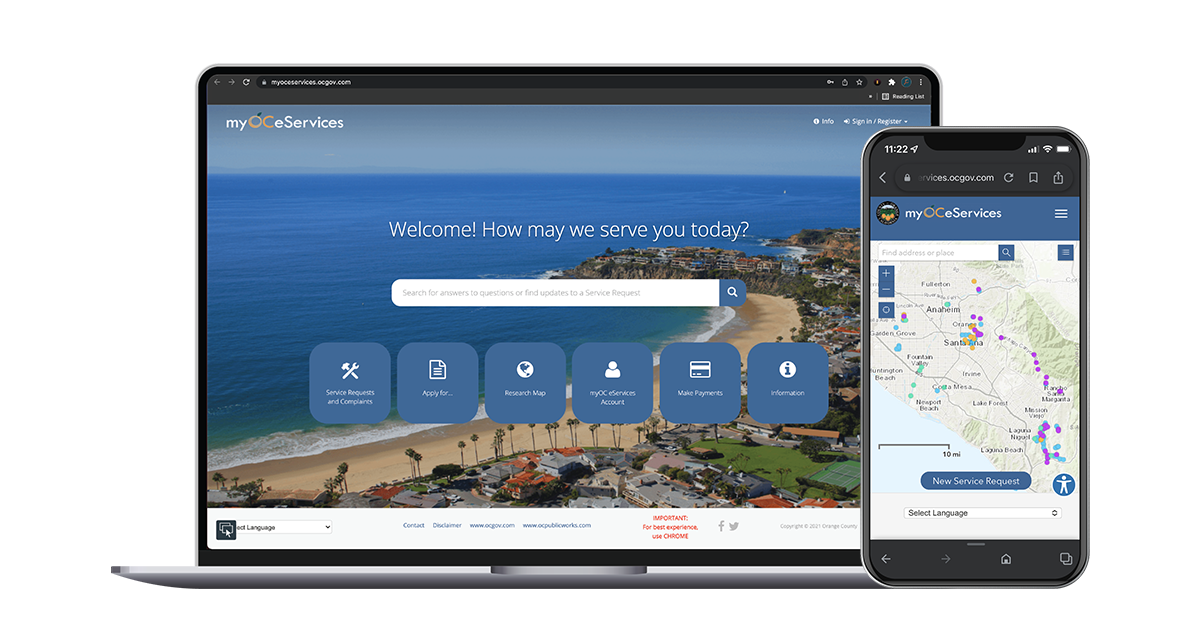Think about the last time you couldn’t do something online and had to travel for an in-person appointment. Or drive a document around town to get it from one place to another. What about the last time you dropped off bills in person? Far from ideal, right?
While these activities were once the norm, they now feel tedious and wasteful. People are used to doing most things remotely, whether it be scheduling appointments online, texting quick updates to several people at once, or sending documents over email. And for good reason: digital communication is more convenient and time-saving.
Digital communication is particularly well-suited to building and land use permitting approvals that involve a lot of moving parts. Without it, land use and building permitting work streams that require paper submissions and in-person collaboration can cause approval timelines to balloon to months, or even years. A digital communication platform for managing permit applications and inspections—also known as a community portal or simply online portal—can help shorten timelines, reduce costs, and improve customer and staff satisfaction.
The permitting application, review, inspection, and issuance process necessitates constant communication at every stage to ensure alignment between stakeholders and adherence to timelines: something paper-based or semi-paper-based permitting systems simply can’t facilitate.
Without technology to provide an easy forum for communication throughout the development approvals process, stakeholders are forced to wait for milestones from different workflows to occur in sequential order (with no visibility into a permit’s status), and customers must travel to government offices that may be difficult to get to during regular business hours just to pay fees, go over plans, or submit paper documents.
As a result, it can take months or even years to go from permit application to approval, not only frustrating customers, but demoralizing staff faced with seemingly never ending backlogs.
Take Orange County California’s Public Works Department, for example, where prior to adopting a community portal, customers would frequently call to check-in about their permit’s status or work going on in their neighbourhood, and often travel to the department office to complete their application at a digital kiosk.
Conversely, after going live with their new Enterprise permitting solution and community portal, phone calls drastically dropped, and after an initial adjustment period, the in-office kiosks were removed.
Customers could easily find the information they needed within the portal, and because of smart forms that guided applicants through the application process, errors and corrections were minimized.
Community portals are designed to shorten permit timelines, improve stakeholder satisfaction, and importantly - facilitate easy communication and collaboration.
Leading portals have a user-friendly interface that sets the stage for a simple and straightforward application process that’s almost as easy - if not as easy - as making any other purchase online.
A portal dramatically reduces building and land use permitting inefficiencies, and improves critical planning and zoning work streams - especially when it’s highly-configurable to meet the unique requirements of your jurisdiction.
Community portals are also more equitable than paper-based and in-person approaches. A community portal is designed to be “self-serve,” meaning that applicants can start and save applications and upload documentation at their convenience, pay fees and schedule inspections online, and submit questions without waiting in long lines or playing phone tag when staff are too busy to answer calls.
Portals improve accountability on both the staff and applicant side and can automatically remind stakeholders who haven’t taken action to do so. The guided application lets applicants quickly understand what to submit for each permit and check on the status of their application. Meanwhile, staff get the information they need to move the permit to the next step without all the back and forth.
Finally, community portals generate a huge amount of data, enabling leaders to track larger citizen trends and make data-informed decisions about overall processes and regulation improvements.
To maximize the potential of your community portal, it’s important to choose an option that can be tailored to meet your department’s specific needs and requirements. When scoping out permit software, look out for a portal with the following characteristics:
Another thing to consider is adding a pre-application permitting guide to your portal, which acts as both a permitting encyclopedia and always-on assistant that provides information and guidance to your customers, 24/7.